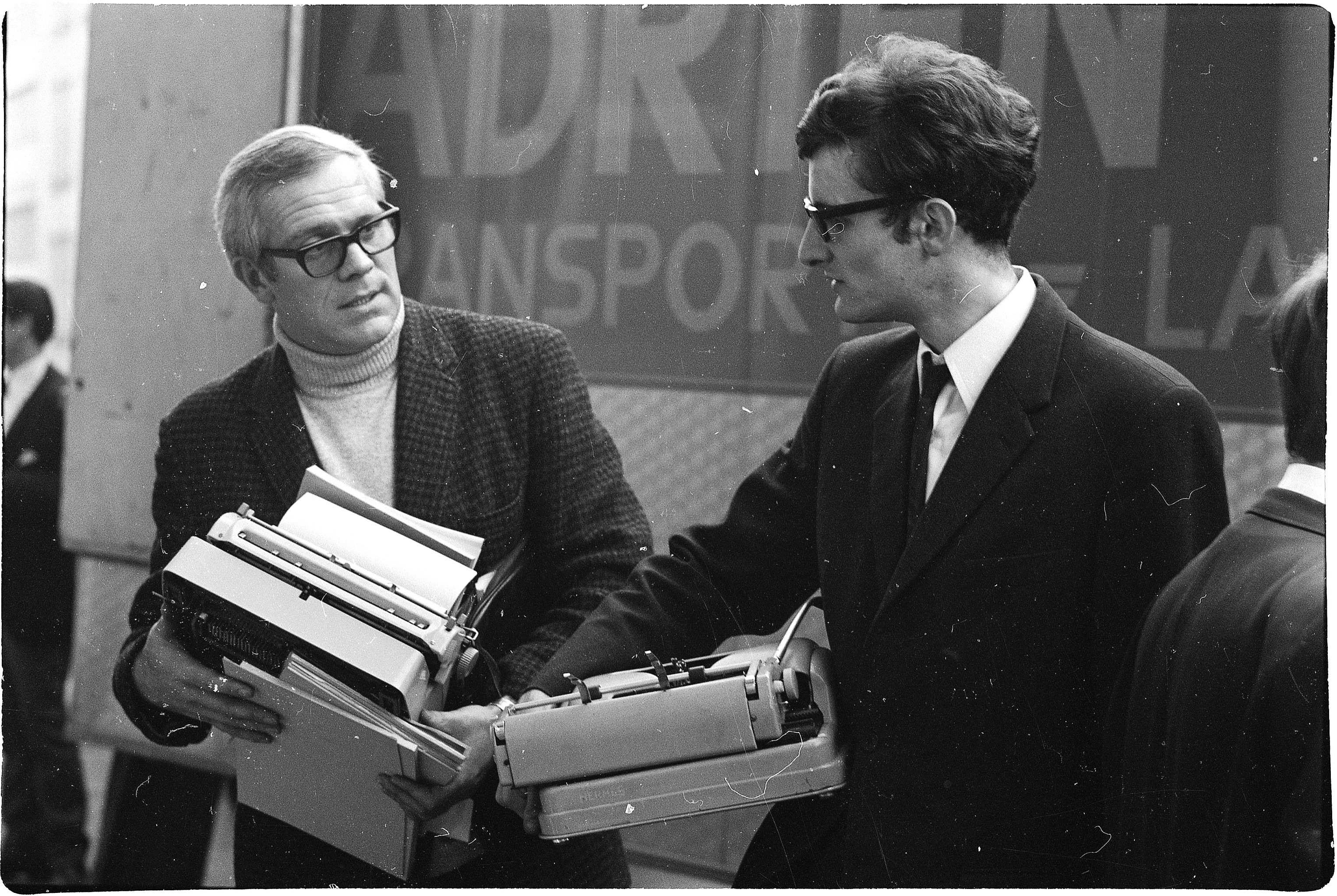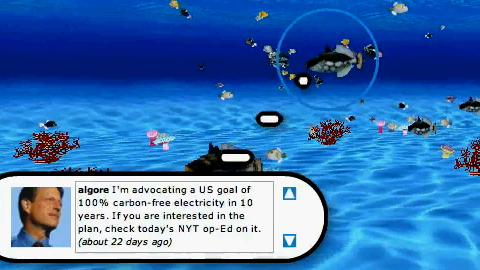Twittered reporters left flapping their wings

A Swiss journalist marooned five days in a French farmhouse with access only to Twitter and Facebook says social networking benefits the profession – sort of.
Anne-Paule Martin, a reporter with Switzerland’s French-language public radio, voluntarily sequestered herself along with four other journalists in the beginning of January to try to produce stories using only information sourced from the two platforms.
The verdict on their success, and what the services mean for newsgathering, is still out.
Twitter has been scrutinised for its role in spreading information during natural disasters and political events. Messages referencing Haiti’s earthquake were among the most common last month and the service was credited (or miscredited, some believe) in fomenting Moldova’s political unrest last April.
“For me, what was impressive was the speed of these social networks,” Martin told swissinfo.ch while riding a train to Paris to talk about the project on the Canal+ television network.
So there must have been a lot of information on what she was looking for? “Not really.”
“There is a lot of American news, then there is a lot of French news, with French politics. But for Switzerland, to find news in German and French, it was much more difficult to find pertinent information,” she said.
The body of Twitter tweets, while voluminous, were also repetitive. Martin says no big news story escaped her – she cites the German purchase of stolen Swiss bank information and Roger Federer’s win at the Australian open.
“Often I did not have any details. And there was even less analysis.”
Another journalist, Nour-Eddine Zidane, was more blunt. “The sources fail,” he told the AFP press agency, speaking of a sense of “frustration”.
A survey of 2,000 tweets conducted August 2009 by Pear Analytics, a firm that tracks traffic online, found more than 40 per cent to be pointless babble and another nearly 40 per cent were conversational. Less than five per cent were news and less than ten per cent passed along value.
Most of the information on Federer, Martin recalls, was repetitive: he had won 15 grand slams, little else.
Quality not guaranteed
Last month, television network CNN integrated Twitter into its analysis of President Barack Obama’s State of the Union address. Using a giant touch-screen, one of the network’s presenters offered a geographical breakdown of what Twitter users were saying about the address.
Feedback included statements like “Support Obama” and “Obama too liberal” and CNN was able to tell viewers for example that 50 per cent of Twitter users in California approved what Obama was saying. The network called the experiment a success.
“If we would like to use it somehow to aggregate public opinion and find out what people are concerned about, it is probably not a technical question but more a question of who is tweeting,” says Thomas Friemel, an assistant professor at Zurich University’s Institute of Mass Communication and Media Research.
There’s also the question of value. After all, CNN had assembled a hefty panel of experts to mull over Obama’s speech. So by committing anonymous statements like “Support Obama” to airtime, was the network answering the question nobody asked?
Friemel argues that people turn to journalists for insight and to Twitter to find out what their friends care about: “Even though Twitter might not provide me with accurate information or relevant information, it informs me what is relevant to my friends.”
As Martin found out, Friemel isn’t surprised that people attach themselves to hot topics, but not necessarily relevant ones.
On February 11, 2010, #IranElection was one of the top trending topics on Twitter. By midday, Tweets on arrests, demonstrations and statements of defiance were coming in at a rate of one per second. But higher on the list was #awkwardsituation and tweets like “watching a film with ya Mum and Dad and a sex scene comes on omg”.
Wither the relevance?
“I think we have to take a new perspective on what is relevant,” Friemel puts forth. He agrees with Martin that social networks can rapidly alert journalists to breaking events and emerging trends. There may be limits to that too.
In an editorial for the February 2010 issue of the influential technology journal Wired, writer Clive Thompson argues that meaningful discourse happens usually in the corners of the web rather than on the forefront.
“After all, the world’s bravest and most important ideas are often forged away from the spotlight – in small, obscure groups of people who are passionately interested in a subject and like arguing about it,” he writes.
The most popular trends might be benign drivel. But sometimes they are ripe with misinformation: after the Haiti earthquake, rumours spread like wildfire through Twitter and Facebook.
Shipping company UPS had supposedly stated it would send parcels free of charge to the Caribbean country, while American Airlines was allegedly flying down doctors and nurses. Both companies were forced to issue denials.
For online search, there is currently no system to sort through the social media flotsam and jetsam and declare what’s relevant, what’s true and what’s not.
Friemel compares the speed with which people pass on false information it to the panic that ensued in the United States in 1938 during the radio broadcast of George Orwell’s War of the Worlds. Believing they were under attack from aliens, people panicked.
Friemel says it’s a question of maturity: “This is basically a question of media literacy and how people are used to this kind of information.”
Justin Häne, swissinfo.ch
Journalists were given computers with blank hard drives and access to Facebook and Twitter. The rules were strict: no newspapers, televisions, radios or smartphones.
Benjamin Muller – France Info
Nour-Eddine Zidane – Radio France
Janic Tremblay – Canadian Broadcasting Corporation
Anne-Paule Martin – Radio Suisse Romande
Nicolas Willems – Radio Television Belgium
Founded in 2006, Twitter is one of the web’s fastest growing services.
Originally meant to allow people to share their thoughts using text messages, it limits tweets, its text-based posts, to 140 characters.
But people also abandon the microblogging site at an astonishing speed.
In April 2009, Nielson reported that 60 per cent of people quit the site after one month.
Twitter is nevertheless ranked one of the 50 most popular websites.
Nielson reported its growth to be 1382% between February 2008 and February 2009.

In compliance with the JTI standards
More: SWI swissinfo.ch certified by the Journalism Trust Initiative












You can find an overview of ongoing debates with our journalists here . Please join us!
If you want to start a conversation about a topic raised in this article or want to report factual errors, email us at english@swissinfo.ch.